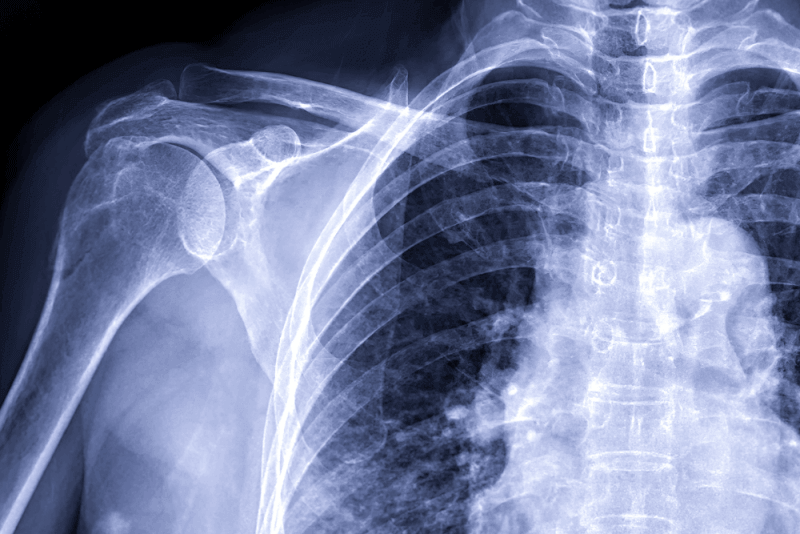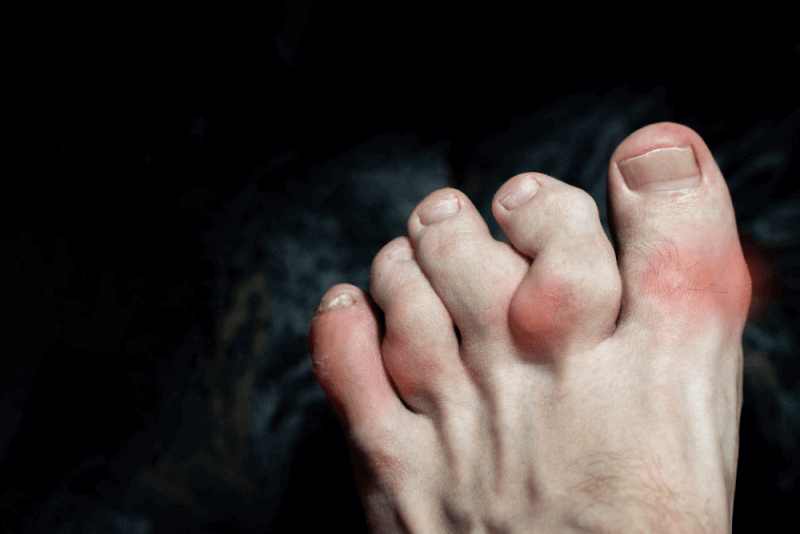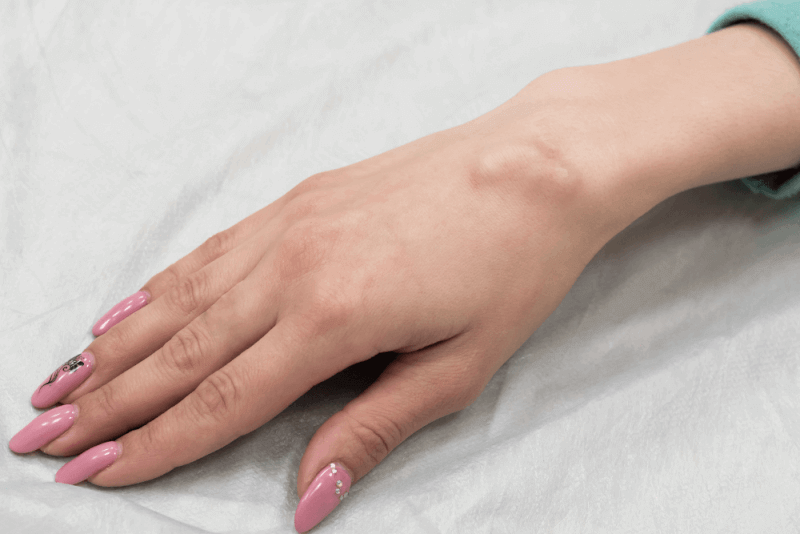30-Second Summary
- The condition of gradual bone loss due to excessive growth in lymphatic vessels is called Gorham-Stout disease or syndrome.
- Although it is a rare disease, it affects children.
- One common misconception about the disease is that it originates from bone fractures. However, bone tissue loss over the years can lead to fractures.
- There is no single test to diagnose Gorham-Stout disease. A comprehensive examination of the child is required.
What is Gorham-Stout Disease?
The condition of gradual bone loss due to excessive growth in lymphatic vessels is called Gorham-Stout disease or syndrome. Although it is a rare disease, it affects children.
Lymphatic vessels are responsible for transporting lymph, a fluid containing white blood cells, to cleanse toxins and waste from the body. The enlargement and proliferation of these vessels, which are thin, lead to rapid bone degradation and bone loss due to the disease.
This alteration in the lymphatic vessels disrupts the bone tissue cycle. Consequently, lymphatic vessels form in areas where bone tissue diminishes.This disease is also known as vanishing bone disease or idiopathic or progressive massive osteolysis.
Causes of Gorham-Stout Disease
The exact cause of Gorham-Stout disease is unknown. However, it is thought to result from a combination of genetic and environmental factors. Research on gene mutations that may cause this disorder is ongoing.
Symptoms of Gorham-Stout Disease
Gorham-Stout disease can affect multiple bones, although in a significant number of cases, it appears regionally. The bones most commonly affected by the disease include the following:
- Spine
- Pelvis
- Skull
- Clavicle
- Shoulder
- Jaw
The symptoms caused by the disease vary depending on the affected area, and they range from mild to severe. A common misconception about the disease is that it originates from bone fractures. However, bone tissue loss over the years can lead to fractures.
The initial symptom caused by the disease is swelling and pain in the affected area without any trauma. In some cases, no symptoms may appear until a fracture occurs.
Symptoms may vary depending on the affected region and include the following:
Ribs or Thoracic Vertebrae
If the disease affects the ribs or thoracic vertebrae, the symptoms may include the following:
- Difficulty breathing
- Chest pain
- Weight loss
- Infection or respiratory distress caused by the leakage and accumulation of lymph fluid, known as chyle, into the chest
Spine and Skull
If the disease affects the bones of the spine and skull, the following symptoms may appear:
- Neurological complications
- Acute spinal pain
- Paralysis
- Occasional cerebrospinal fluid leakage
Jaw Bone
If the jaw bone is affected by the disease, the following symptoms may be observed:
- Jaw pain
- Loose teeth
- Fractures
- Facial deformity
Diagnosis Criteria for Gorham-Stout Disease
There is no single test to diagnose Gorham-Stout disease. A comprehensive examination of the child is required, and the following tests may be utilized:
- MRI
- CT scan
- Biopsy
MRI and CT scans, which assist in diagnosing the disease, may show the bone as hollow, and holes or cavities in the bone may also be visible.
Treatment Methods for Gorham-Stout Disease
The treatment to be applied varies depending on the affected bone region, observed complications, and the severity of the disease.
Medication Therapy
Anti-vascular and immunosuppressive drugs are prescribed to slow down the harmful effects caused by the disease. Studies have shown that these drugs are also effective in reversing the effects of the disease.
Clinical trials are ongoing for these prescribed drugs, including the following:
Sirolimus
This orally administered drug suppresses the immune system and targets the formation of lymphatic vessels. Research results show that the drug significantly slows disease progression and stabilizes the disease.
Interferon Alpha 2b
This drug prevents the formation of lymphatic vessels and improves symptoms.
Bisphosphonates
They help slow down bone loss and stabilize the disease.
Radiation Therapy
Radiation therapy can also be applied to control the pain and other symptoms caused by the disease. This therapy is also effective in cases such as fluid leakage into the chest. However, due to the delayed side effects of radiation therapy, it is not recommended as a primary treatment.
Surgery
Surgery, one of the treatment options for Gorham-Stout disease, does not cure the disease. However, it helps treat the complications caused by the disease. Medication therapy may need to be applied in conjunction with surgery or before surgery to stabilize the disease. Controlling the disease increases the chances of surgical success.
Surgical Methods for Gorham-Stout Disease
The surgical procedures applied in Gorham-Stout disease include the following:
- Spinal reconstruction or spinal fusion surgery to stabilize the affected vertebrae
- Bone grafting in some cases to stimulate new bone formation
- Surgical removal of the affected bone, replacing it with a bone graft or a bone prosthesis
Benefits of Surgery for Gorham-Stout Disease
Surgical options used in the treatment of Gorham-Stout disease help eliminate complications seen in the bones. Some procedures restore the function of the bone, while bone grafting supports the formation of new bone.
Complications of Surgery for Gorham-Stout Disease
The complications that may occur during or after surgery vary depending on the procedure and the area involved. General complications that may arise include:
- Complications related to anesthesia
- Bleeding
- Infection
- Complications related to the prosthesis, if used







